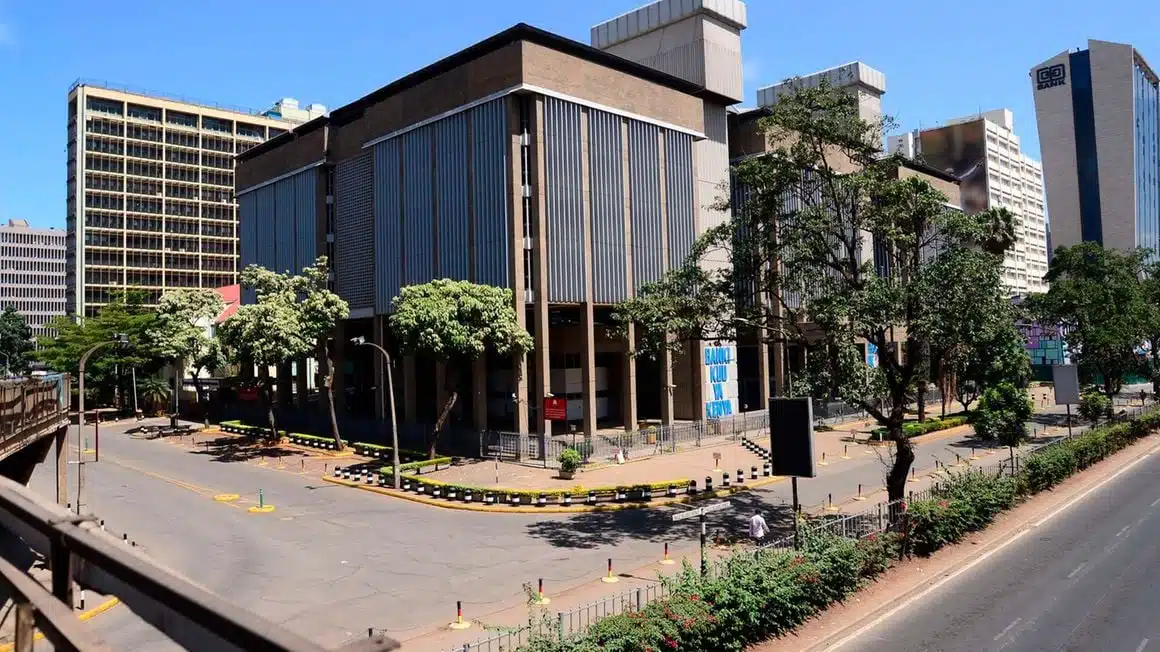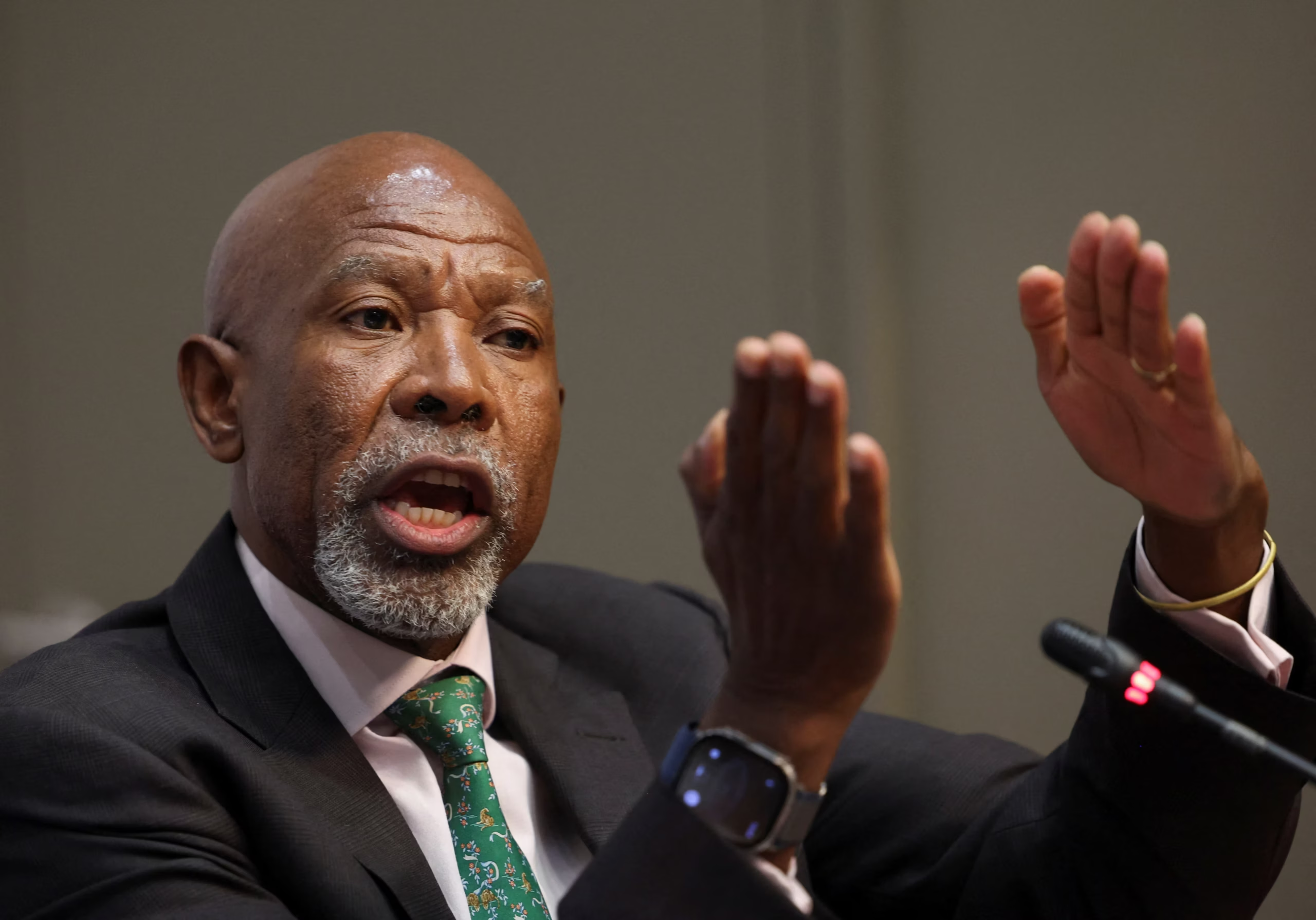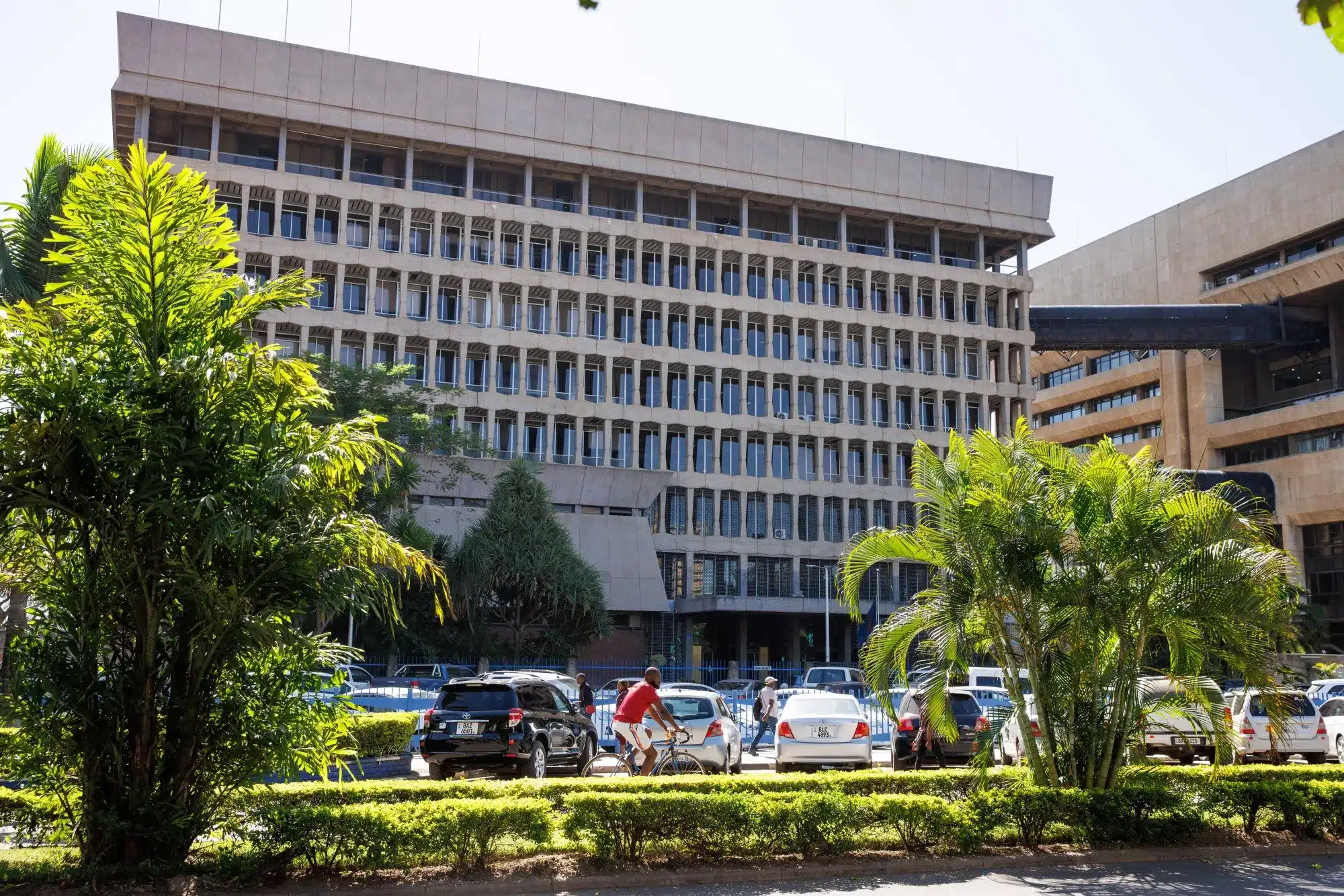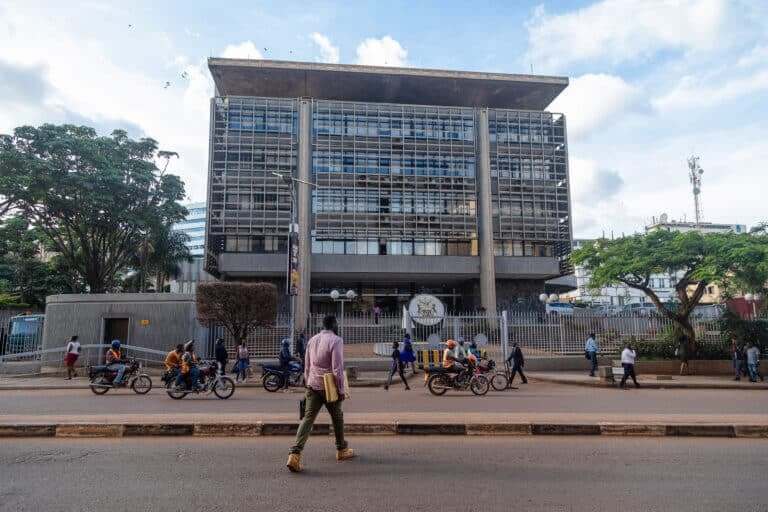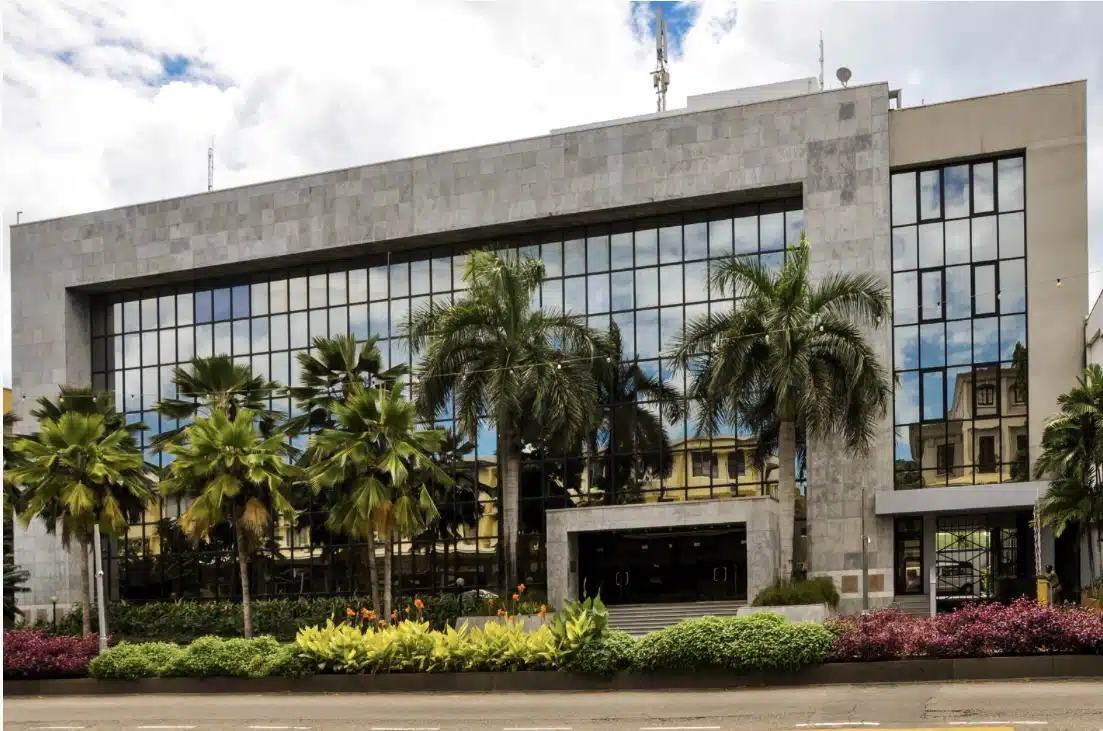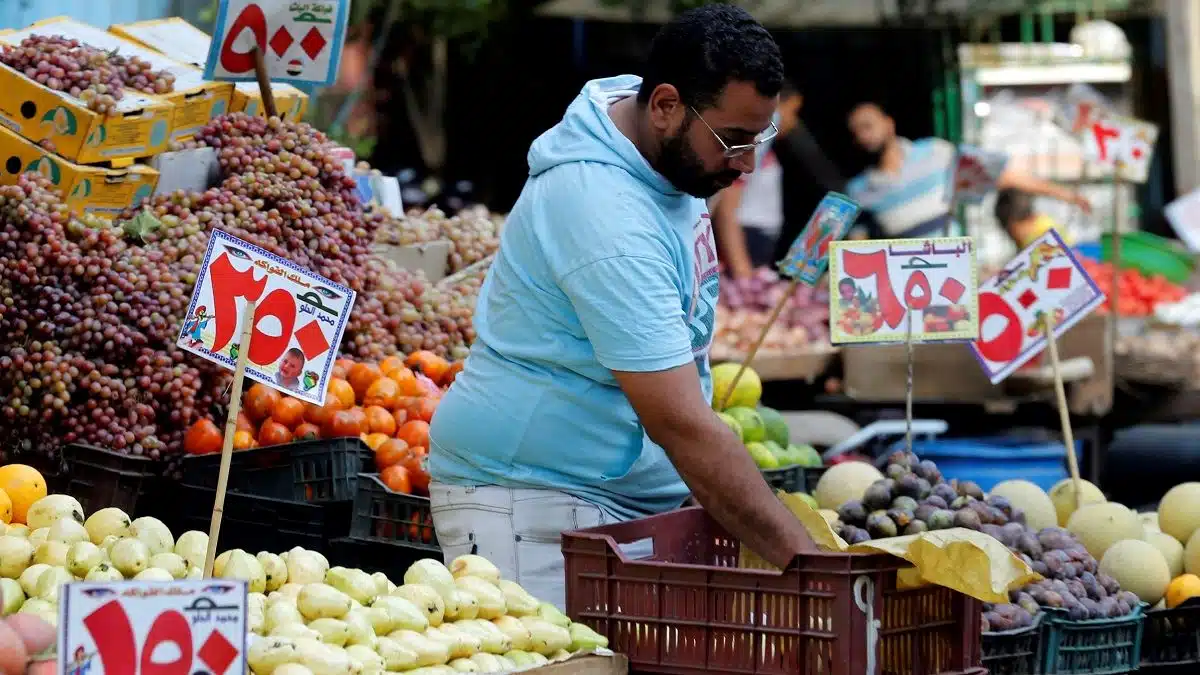Kenya’s central bank has slashed its benchmark interest rate by 75 basis points to 10%, marking the fifth consecutive reduction and the lowest level since May 2023.
The move, announced after the Monetary Policy Committee (MPC) meeting on Tuesday, signals a clear pivot towards stimulating private sector credit growth amid weak lending activity and slowing economic growth.
The Nairobi-based apex bank said the decision was aimed at boosting economic momentum through increased lending while maintaining exchange rate stability.
Commercial bank lending to private sector credit recorded modest growth of 0.2% in March, reversing a 1.3% contraction in February — a sign of improved demand and easing cost of borrowing.
Despite the gradual decline in average lending rates since December 2024, the MPC flagged that credit to the private sector remains subdued.
With core inflation still below the 5% target range, and headline inflation at 3.6% in March, policymakers saw room for further monetary easing.
“The Committee concluded that there was scope for a further easing of the monetary policy stance to stimulate lending by banks to the private sector and support economic activity,” the MPC said in its statement.
Kenya’s economy slowed to 4.6% growth in 2024, down from 5.6% the previous year, as several key sectors lost momentum.
However, early indicators point to a stronger start in 2025, with real GDP growth projected at 5.4%, supported by improvements in agriculture and services.
Still, external risks loom large.
The Central Bank of Kenya highlighted concerns about a fragile global outlook, with escalating trade tensions and tariff wars threatening to undermine the expected global recovery.
The apex bank also assured stakeholders of the resilience of the financial system.
Kenya’s banking sector remains well-capitalised and liquid, though the ratio of gross non-performing loans (NPLs) rose to 17.2% in February — the highest in two decades — from 16.4% in December, driven by weaknesses in real estate, trade, and manufacturing.
Banks have responded by increasing provisions for bad loans, while the central bank continues to monitor systemic risks closely.
The MPC is expected to reconvene in June to assess the impact of its latest move and steer policy in line with evolving economic conditions.

